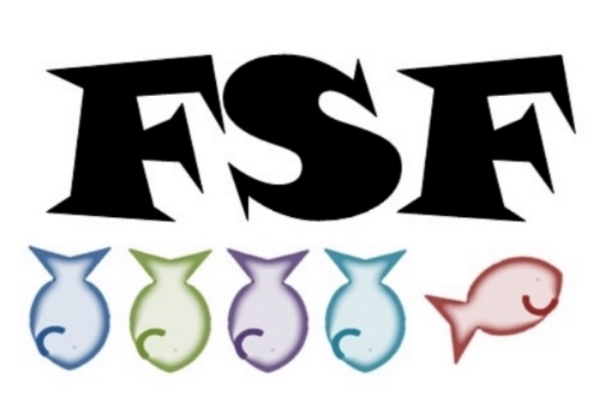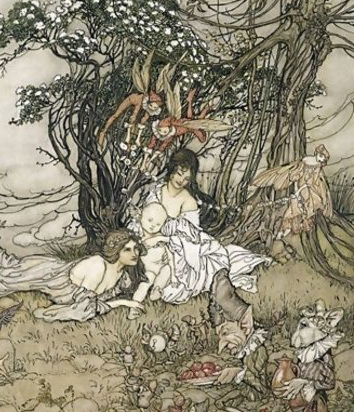Brief History: Hans Christian Anderson claimed to write this story based on what a bluebird told him. In reality, it was included in one of his story fairy tale books that had little success when first published in 1835. A peasant woman plants a barleycorn which was given to her by a beggar and a girl sprouts from the flower that grows. However, this woman has little time with her new child when Thumbelina’s walnut shell bed is kidnapped by a toad. The toad tries to force the kidnapped girl to marry her warty son, but a fish and butterfly rescue her from matrimony… this time. This is followed by ill treatment from a beetle, almost freezing to death in winter, and being pressured by a field mouse to marry a pretentious mole who hates sunlight. Luckily, a swallow who the mole had left for dead takes Thumbelina to a patch of flowers (not home to her mother, because that’s not a happy ending I guess). She meets a flower fairy prince, marries him, and gets wings. Because apparently she was cool with getting married so young, just not to a non-human-like creature.
Analysis: Why did everyone want to marry this girl? And what was with all of the inter-species dating? But Thumbelina isn’t just the story of a girl who must marry to have a happy-ever-after. It’s the story of escaping and making one’s one choices. She gets away from Toad, she doesn’t allow the Beetle to shake her confidence, and, despite the field mouse trying to manipulate her, she runs away from her wedding to the mole (who some historians think was based on a distasteful professor Anderson had in school).
Blame It on the Victorians: Marrying up is the only chance at socio-economic advancement a young lady has. Remember that, kids. But, luckily Thumbelina holds out for her choice of husband, not the rich, but gross mole.
Last Thoughts: But really - where’s the mom’s happy ending? Her kid was taken almost instantly. Not cool.

















